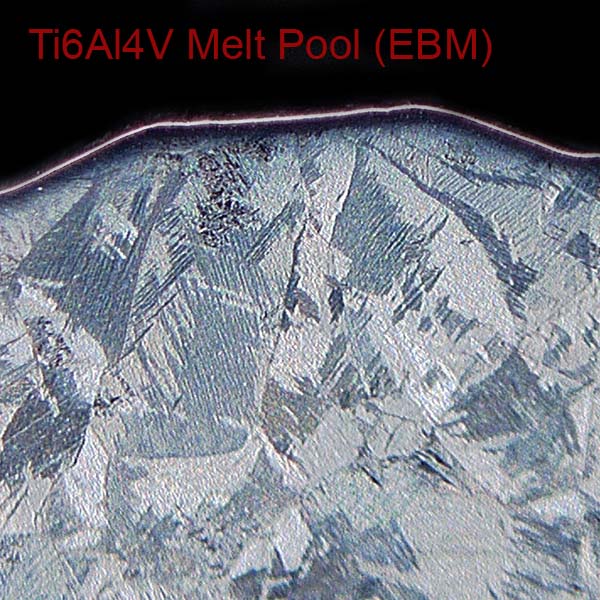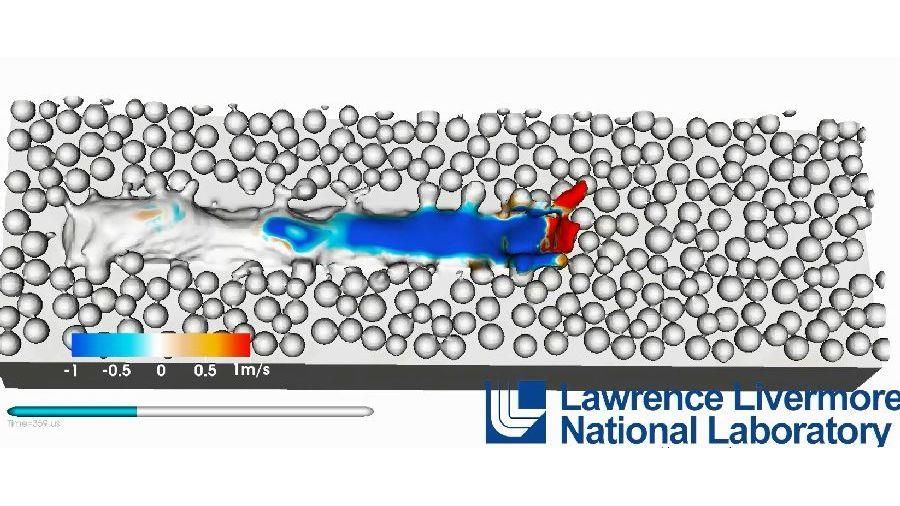In recent years, modeling of various manufacturing processes has become increasingly important for industry. To a large extent, these models are based on computer aided techniques. Supported by numerical methods, such models accompany the development phase of products but also the manufacturing itself, during which the achievement of product accuracy and specific structural properties are essential.
Computational methods can improve the quality of final products, shorten process duration and minimize costs by reducing trial-and-error. It helps supply valuable information about the behavior of material during manufacturing and the interaction of processes with structures.
Today, metal additive manufacturing processes are gaining an increasing market share in the field of production technology, in particular those relying on a powder-bed such as Selective Laser Melting (SLM) and Electron Beam Manufacturing (EBM). Fabrication of components is possible with a variety of AM materials, for example aluminum alloys, hot forming steel, tungsten carbide, titanium or superalloys.
Metal 3D printing provides the ability to eliminate traditional manufacturing process constraints to produce parts with challenging designs. For example, complex geometry and internal structures or conformal cooling channels.
Additive manufacturing also permits control over the microstructure by varying processing parameters. By controlling microstructure locally, AM opens a world of applications where the materials can be customized while fulfilling performance requirements.
Modeling & simulation in additive manufacturing is essential
Commercial acceptance of AM for exacting applications still faces a technical challenge caused by the limited understanding of physical phenomena in the melt pool.
Real-time observation of this physical phenomena is difficult since AM melt pools are inherently transient and involve complex physical interactions between energy beam-powder substrate. Moreover, the real-time measurements of thermal and fluid variables can typically be made only on the surface of the melt pool.
In contrast, a numerical simulation of mass, momentum, and energy transfer in melt pools can provide approximation of the melt pool shape and some useful three-dimensional (3D) fields such as the distributions of temperature, flow velocities, solidification temperature gradient and solidification rate. Ultimately, an understanding of the relationships between processing, structure, properties and performance is essential.
Many believe that qualification can be enabled by a deep physical understanding of the process. Integrated computational engineering, through modeling and simulation of additive manufacturing process, provides a mechanism to develop this understanding. It supports the design and implementation of process control methods as a promise to deliver custom-designed materials. For example, aero engine components, structural properties and geometrical accuracy could be determined in advance of manufacturing steps in order to ensure their final quality.
For more insights into additive manufacturing, subscribe to our newsletter and follow our active social media channels.
If you’d like to contribute expert insight on a particular additive manufacturing topic, then please contact us.





